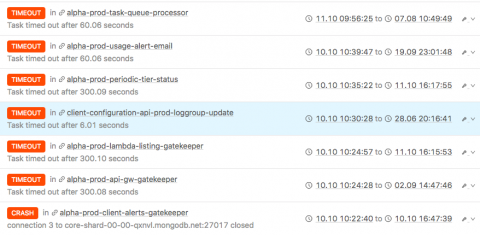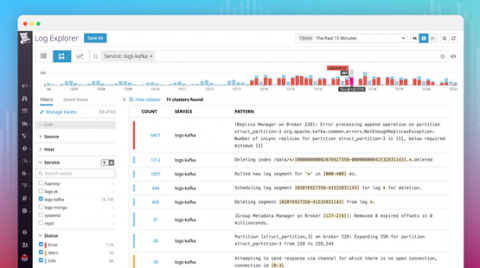We can do better failure detection in serverless applications
Traditionally in white-box monitoring, error reporting has been achieved with third party libraries, that catch and communicate failures to external services and notify developers whenever a problem occurrs. I’m here to argue that for managed services this can be achieved with less effort, no agents and without performance overhead.











